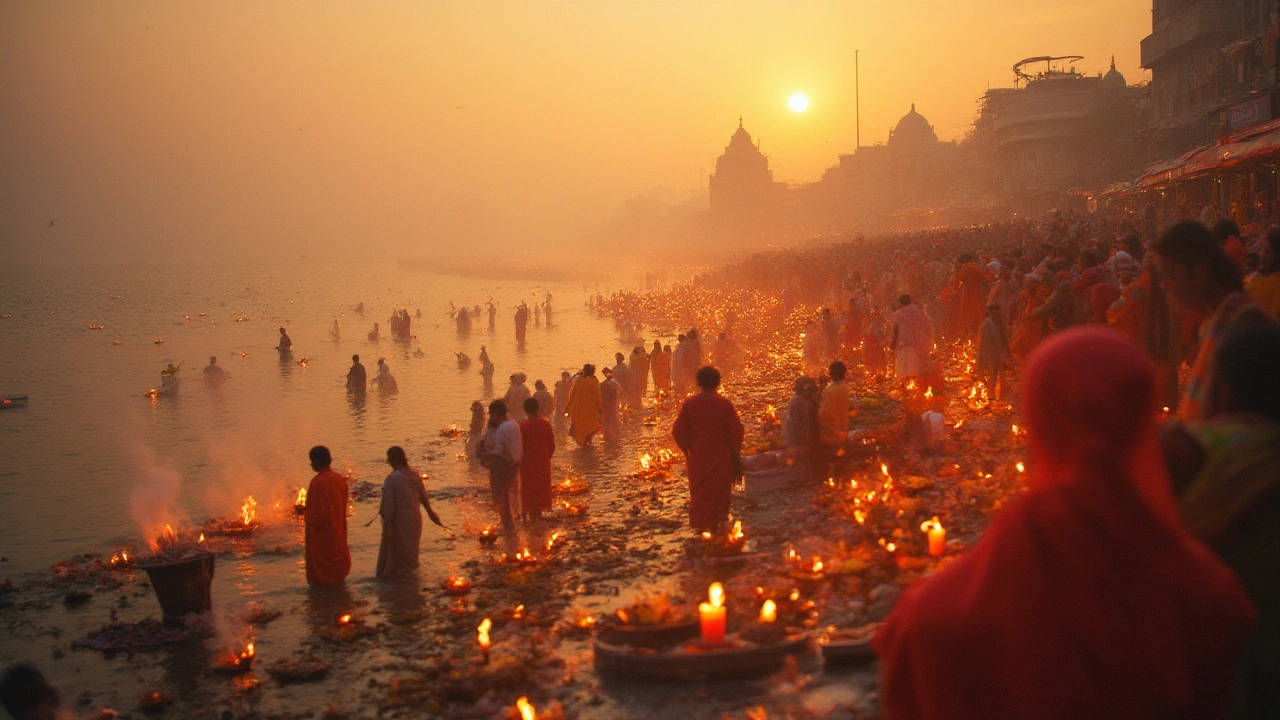Sacred Rituals of India: What They Are and Why They Matter
India’s rituals aren’t just old traditions – they’re living practices that shape everyday life. Whether you’re watching a sunrise puja on a beach or joining a village’s fire ceremony, each ritual carries a story and a purpose. In this guide we’ll break down the most common sacred rituals, explain what they mean, and give you simple tips on how to join in without stepping on anyone’s toes.
Common Rituals You’ll See Across India
Daily Aarti and Puja – Most Hindu homes light a small lamp and chant a short prayer twice a day. The fire (or diya) symbolizes purity, and the chant invites blessings. You’ll hear “Om Jai Jagdish Hare” or “Om Shanti” echoing from kitchens, balconies, and temple courtyards.
Snana (Holy Bath) – During festivals like Kumbh Mela or Navratri, people take a ritual bath in a river, pond, or even a bucket of water. The act is believed to wash away sins and refresh the soul. If you’re near a ghats, you’ll see crowds line up early in the morning, chanting and offering flowers.
Rituals of Passage – Birth, marriage, and death each have a set of rites. A newborn gets the “Namkaran” (naming ceremony) within the first few weeks, while a marriage includes the “Saptapadi” – seven steps taken together. These rituals mark transitions and bind families together.
Festival Ceremonies – Diwali, Holi, and Pongal each have signature rituals. Diwali’s “Lakshmi Puja” invites wealth, Holi’s “Holika Dahan” burns away negativity, and Pongal’s “Mattu Pongal” thanks cattle for their labor. The common thread is gratitude and renewal.
How to Experience These Rituals Respectfully
First, observe before you join. Stand at the edge, watch the gestures, and listen to the chants. Most locals appreciate a polite “Namaste” and a genuine curiosity.
If you’re invited to sit or help, follow the lead. Remove shoes where required, dress modestly (no sleeveless tops or shorts), and keep your phone on silent. Offering a small token like a fruit, flower, or modest amount of cash is welcomed but never enforced.
When you light a lamp or incense, do it calmly and focus on the intention – respect, gratitude, or peace. Avoid taking photos of people in vulnerable moments, such as during a funeral rite, unless you have explicit permission.
Finally, ask questions politely. Most people love to explain the symbolism behind a ritual, whether it’s the meaning of the “Kalash” (water pot) or why a particular mantra is repeated three times. Your interest shows respect and deepens the experience for both you and the host.
India’s sacred rituals are open invitations to connect with a culture that celebrates the unseen. By watching, listening, and participating with humility, you’ll walk away with more than just photos – you’ll carry the feeling of a shared moment that’s been cherished for centuries.
- Arjun Bhardwaj
- 11-07-25
- Indian Culture
Sacred Rituals of India: Uncovering Ancient Traditions and Their Meaning Today
Discover the sacred rituals of India, their deep roots in the country's heritage, and how millions practice them today. Explore facts, customs, and advice for understanding these age-old traditions.
Details